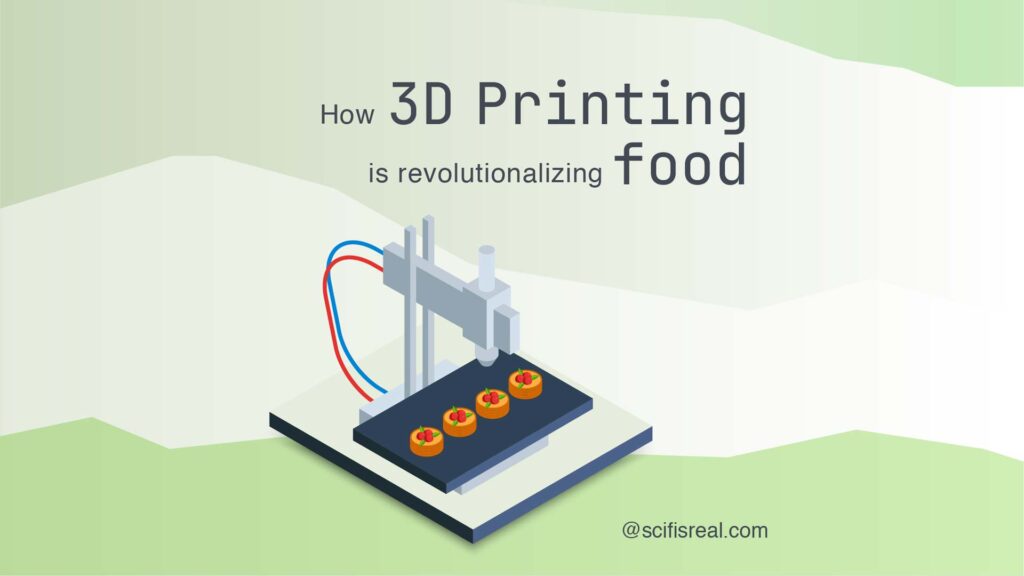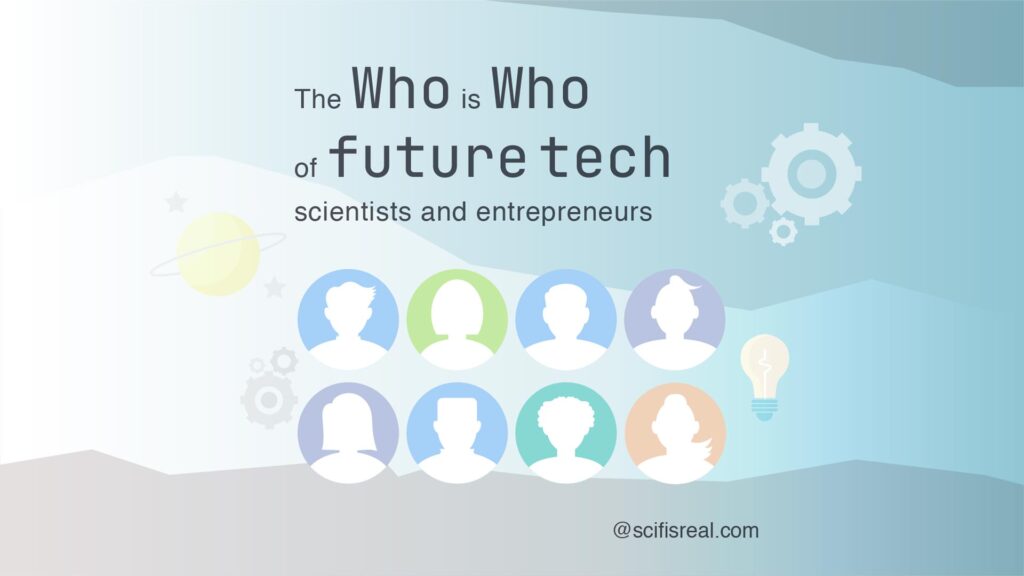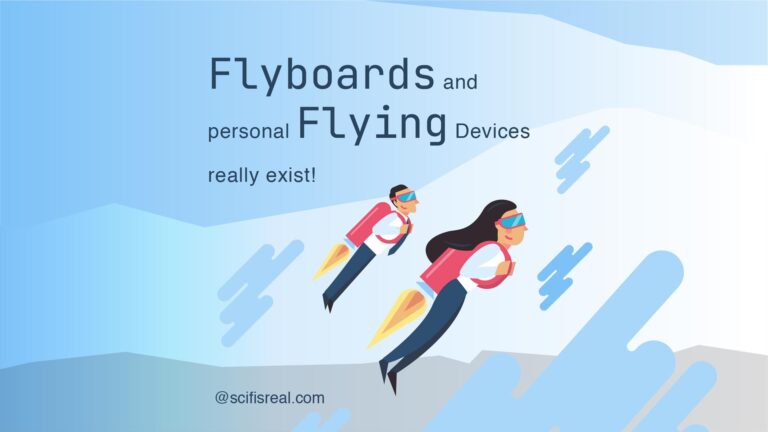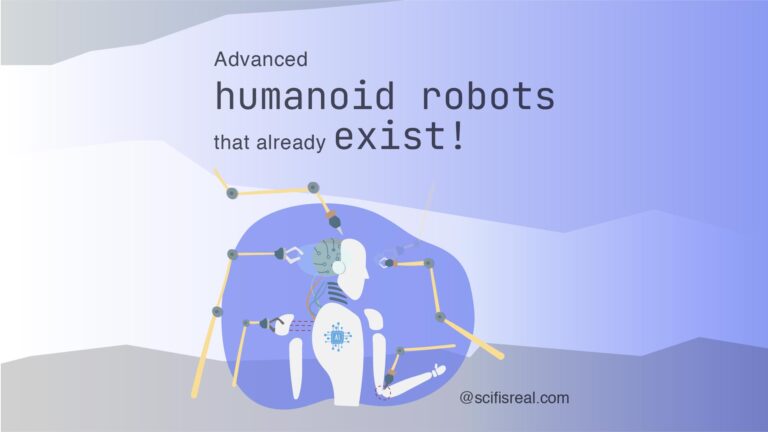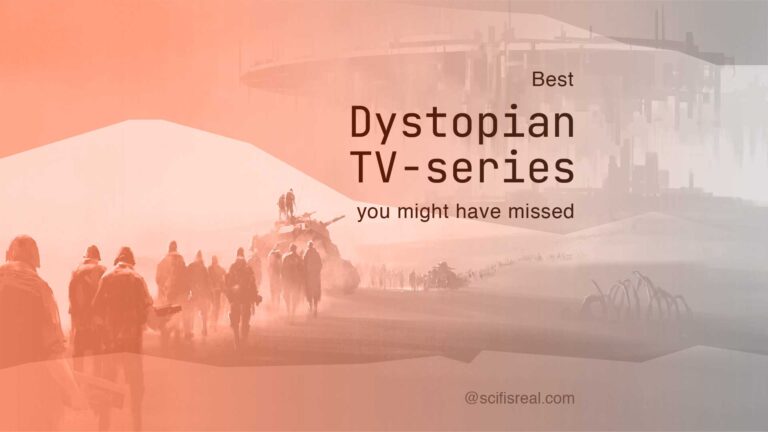10 Sci-Fi gadgets that became real groundbreaking inventions
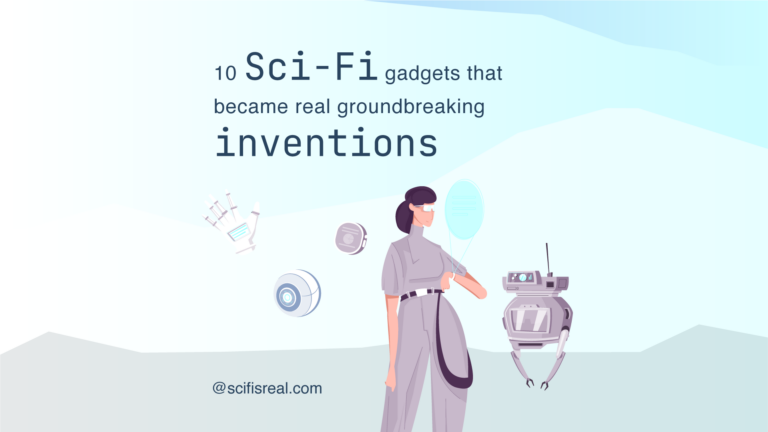
In a world where sci-fi dreams become real-world tech, let’s explore 10 sci-fi gadgets that became real, bridging the gap between imagination and reality. These are real-life sci-fi inventions that once seemed like fantasy, now shaping our lives and redefining what’s possible.
From Sci-Fi Dreams to Reality
Science fiction has always been more than just entertainment—it’s a window into the future. From the early days of pulp novels and black-and-white films to the sprawling cinematic universes of today, sci-fi has inspired generations to dream big. Many futuristic technologies we now take for granted were once just imaginative gadgets from movies and books. Think about the communicators in Star Trek, or the smart assistants in 2001: A Space Odyssey—they were the precursors to our mobile phones and voice-activated AI assistants. This blending of science fiction and real-world innovation has become more common as technology evolves at lightning speed.
The Communicator: The Birth of Modern Mobile Phones
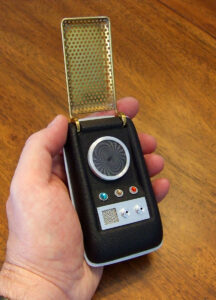
The communicator from Star Trek is perhaps one of the most iconic sci-fi devices that predicted real-world technology. When it first appeared on television, the idea of a handheld wireless communication device was revolutionary.
Fast-forward to today, and mobile phones are everywhere, evolving into smartphones that far surpass the capabilities of those early fictional gadgets. This transition from science fiction to real-world invention shows how deeply sci-fi has influenced our daily lives.
Today’s mobile phones integrate features like voice recognition, GPS, and video calling—features once confined to the realm of futuristic technology. These gadgets inspired by movies have become indispensable tools for modern life.
As we continue to innovate, it’s clear that the line between sci-fi and reality continues to blur. The mobile phone is the perfect example of a sci-fi gadget that became a real-world device, highlighting the role of science fiction in driving technological advancement.
Virtual Reality Headsets: Immersing Ourselves in New Worlds
Virtual reality (VR) was once a staple of futuristic gadgets seen in science fiction movies and literature. From the virtual realms of The Matrix to the immersive training simulations in Ender’s Game, the idea of escaping into digital worlds was long a sci-fi fantasy. Today, VR headsets like the Oculus Rift and HTC Vive have made that dream a reality.
These real-life sci-fi inventions offer users the chance to explore 3D environments, play immersive games, and even train for real-world tasks in a simulated setting. This technology is a prime example of a sci-fi gadget in real life, blending entertainment, education, and professional training.
As hardware continues to improve and content becomes more engaging, virtual reality is poised to become a cornerstone of future technology. The transition of VR from a sci-fi concept to a tangible device highlights the power of science fiction gadgets to inspire real-world technological innovations.
Smart Glasses: Sci-Fi Vision Meets Tech Innovation
Smart glasses are another remarkable example of gadgets once seen in sci-fi that have transitioned into the real world. Think about characters like Tony Stark or the futuristic soldiers in countless sci-fi films who use augmented reality (AR) to access data in real-time. Devices like Google Glass and Microsoft HoloLens bring this concept to life, integrating digital overlays into the user’s view of the physical world.
These futuristic gadgets represent the seamless merging of digital and physical realities, offering real-time navigation, communication, and even facial recognition capabilities. As technology progresses, smart glasses are becoming more compact, more powerful, and more integrated into everyday life. They’re not just gadgets inspired by movies—they’re tools reshaping how we interact with our environments. With continued development, these sci-fi tech inventions could redefine everything from how we work to how we socialize, proving once again that sci-fi technology can and does become reality.
The Tricorder: Medical Diagnostics in the Palm of Your Hand

The Tricorder from Star Trek was a handheld device used for scanning, diagnosing, and recording medical data. While it seemed like a far-off concept when first introduced, today’s medical technology is rapidly catching up.
Modern gadgets like the Scanadu Scout and other portable diagnostic tools are bringing this sci-fi invention into the real world. These devices can measure vital signs, monitor health conditions, and even diagnose illnesses without invasive procedures. This development marks a significant step forward in healthcare technology and showcases the influence of science fiction on real-world innovation.
The rise of wearable health tech, remote patient monitoring, and mobile diagnostics is a testament to how futuristic technology from sci-fi stories is becoming integrated into everyday healthcare. The Tricorder is no longer just a sci-fi gadget—it’s a symbol of how imaginative concepts can revolutionize industries. As these devices become more accessible, the future of medicine looks increasingly like the sci-fi visions of the past.
Self-Driving Cars: The Road to Autonomous Vehicles
Autonomous vehicles have been a staple in science fiction for decades, often depicted as intelligent cars that can navigate traffic, avoid obstacles, and communicate with passengers. Films like Minority Report and I, Robot introduced the idea of self-driving cars as part of futuristic societies.
Today, companies like Tesla, Waymo, and Apple are turning this sci-fi gadget into a real-world device. Using a mix of sensors, artificial intelligence, and real-time data processing, these cars can drive themselves in various conditions, though full autonomy is still being perfected. This shift from fiction to fact highlights the profound impact sci-fi has on real-world innovation.
As the technology matures, autonomous vehicles are set to transform transportation, reduce accidents, and improve urban planning. These sci-fi tech inventions are no longer limited to the screen—they’re being tested on our roads, showing how gadgets inspired by movies are steering us toward a smarter, more efficient future.
Drones: Taking Flight in the Real World
Drones, once seen only in the imaginations of science fiction writers, are now a common part of modern life. Sci-fi works like Blade Runner and The Fifth Element envisioned flying machines used for surveillance, delivery, and transportation. Fast-forward to today, and drones are being used in everything from package delivery and aerial photography to disaster response and agriculture. These futuristic gadgets have transitioned from sci-fi dreams to practical tools, offering a bird’s-eye view of the world and solving real-world challenges.
Driven by advancements in GPS, battery life, and camera technology, drones represent one of the most accessible real-life sci-fi inventions. As regulations evolve and capabilities expand, drones could soon be delivering groceries, mapping remote areas, or even transporting people. These are no longer just gadgets from movies—they’re an integral part of future technology that’s already reshaping industries and daily life alike.
Robots and Artificial Intelligence: The Rise of Human-like Machines
Robots and artificial intelligence (AI) are central themes in science fiction, often portrayed as sentient machines with human-like capabilities. Think of Star Wars’ C-3PO or Ex Machina’s Ava. These sci-fi gadgets are now becoming a part of our world.
Today, robots like Boston Dynamics’ Atlas and AI systems like ChatGPT and IBM Watson are examples of futuristic technology moving from the realm of fiction to reality. These real-world inventions inspired by sci-fi are transforming everything from customer service and manufacturing to healthcare and education. With facial recognition, natural language processing, and autonomous decision-making, these machines are not just tools—they’re becoming collaborators.
While true artificial general intelligence remains a future goal, the progress made so far proves that science fiction can guide real technological development. As AI continues to evolve, these once-impossible sci-fi devices are paving the way for a smarter, more efficient world.
3D Printing: Turning Digital Designs into Tangible Objects
3D printing is a technology that feels ripped straight from the pages of a sci-fi novel. The concept of creating physical objects from digital files has been a fixture in science fiction, from replicators in Star Trek to the fabrication machines in Elysium. Today, 3D printers can produce everything from prosthetics and tools to entire houses. This sci-fi gadget in real life is revolutionizing manufacturing, medicine, and even space exploration. By allowing for rapid prototyping and on-demand production, 3D printing represents a major leap in how we think about making things.
These real-life sci-fi inventions are especially valuable in industries where customization and speed are critical. With materials expanding beyond plastics to include metals, ceramics, and even organic matter, the future of 3D printing looks incredibly promising. It’s one of the most compelling examples of how futuristic gadgets from science fiction are now very much a part of our real-world technology toolkit.
Wearable Tech: Sci-Fi Gadgets on Our Bodies
Wearable technology has long been a dream in science fiction, with characters using gadgets embedded in their clothing or worn on their bodies for communication, health monitoring, or combat.
From James Bond’s spy watches to the biometric suits in Black Panther, sci-fi has predicted much of the wearable tech we see today. Devices like smartwatches, fitness trackers, and smart rings are now commonplace, offering everything from heart rate monitoring to contactless payments. These futuristic gadgets are prime examples of science fiction gadgets that became real and are now enhancing how we live, work, and play.
With the growth of the Internet of Things (IoT), wearable tech is becoming more intelligent and interconnected, allowing for seamless data sharing and real-time analytics. Today’s sci-fi devices made real are shaping the next generation of personal technology, proving that the best ideas often start as fiction before transforming into essential, real-world gadgets.
Holographic Displays: 3D Images from Thin Air
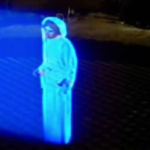
Once only seen in futuristic sci-fi classics like Star Wars, where Princess Leia’s iconic holographic message captured imaginations worldwide, holographic displays are now edging closer to everyday reality.
Technologies from companies like Looking Glass, Voxon, and even Microsoft are developing 3D holograms that can be viewed without special glasses. These sci-fi tech inventions are transforming communication, education, and entertainment. Imagine attending a meeting where your colleague appears as a hologram across the room or experiencing product demos that float in midair. While consumer-grade holograms are still evolving, the technology is rapidly advancing thanks to AI, light field technology, and ultra-high-resolution displays.
These real-world inventions inspired by sci-fi could soon revolutionize everything from how we shop online to how surgeons plan complex procedures. Holographic displays are the epitome of futuristic gadgets becoming real, and they’re another exciting step in turning science fiction into science fact.
What’s Next for Sci-Fi Gadgets in the Real World?
As we’ve seen, many sci-fi gadgets have already made the leap from fiction to reality, with real-world inventions inspired by sci-fi now playing vital roles in our everyday lives. From mobile phones and VR headsets to AI and 3D printers, these futuristic technologies are no longer figments of imagination. They are tools, solutions, and in many cases, essentials.
The journey of science fiction tech to reality is far from over. With innovations in quantum computing, brain-machine interfaces, and space travel on the horizon, the next generation of sci-fi gadgets is already in development. As technology continues to evolve, science fiction will remain a vital source of inspiration—helping us dream bigger, reach farther, and build a future where anything feels possible. So keep your eyes on the stars—and your gadgets at the ready. The future is closer than you think.
